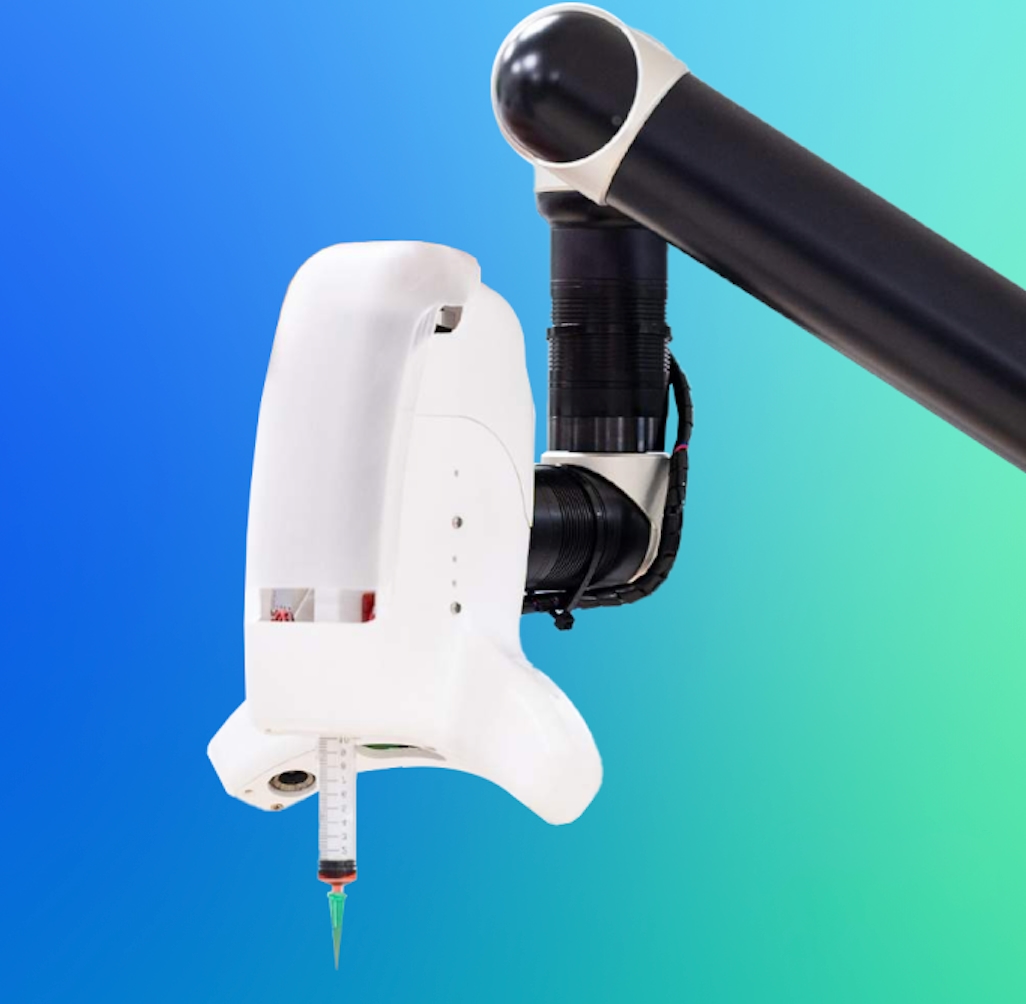Catalog
Search
137 products
View:
- Selected: 0Areas of use
- Selected: 0Item names
- Selected: 0Manufacturer
- Selected: 0Made in
- Selected: 1Additional
View:
137 products
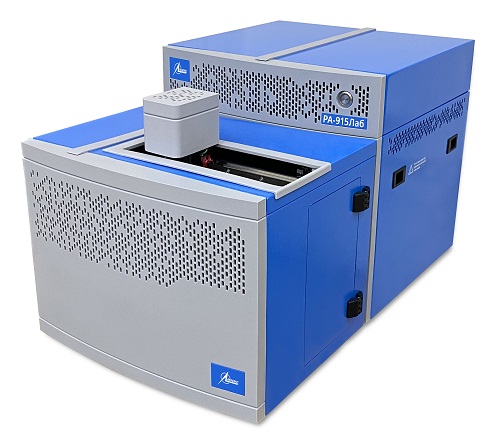
Laboratory mercury analyzer "RA-915Lab"
1 supp.
Technical specifications:
Measuring range 0.5–500 ng
Sample dispenser capacity 5000 mg / 2800 ml
Analysis time 1-5 min
Operating temperature range with software control 50-950 °C with software control
The capacity of the autosampler is 45 samples
Power supply 220 ± 22 V, 50 ± 1 Hz Dimensions (LxWxH), no more:
with autosampler
without autosampler
450x840x460 mm
450x490x460 mm
Weight, no more:
with autosampler
without autosampler
57 kg
40 kg
Lumeks
Saint Petersburg
Produced in: Saint Petersburg
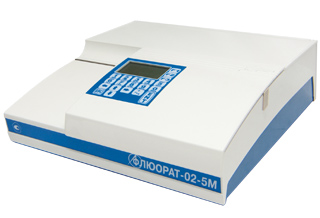
Liquid analyzer "FLUORAT®-02-4M"
1 supp.
Technical specifications:
Limit of detection of the control substance (phenol) in water, mg/dm3, not more than 0.005
Measurement range of the mass concentration of the control substance (phenol) in water, mg / dm3 from 0.01 to 25
Measurement range of the directional transmission coefficient, % from 5 to 100
Limits of permissible absolute error of measurements of the directional transmission coefficient, % ±2 Warm-up time, min, not more than 30 Continuous operation time, h, not less than 8
Overall dimensions, mm, no more than 305x320x110
Weight, kg, not more than 6.5
AC power supply:
- AC power supply voltage, V
- frequency, Hz (220 ±22)
(50 ±1) Power consumption, V× A, no more than 36 Operating time for failure, h, no less than 2500
Lumeks
Saint Petersburg
Produced in: Saint Petersburg
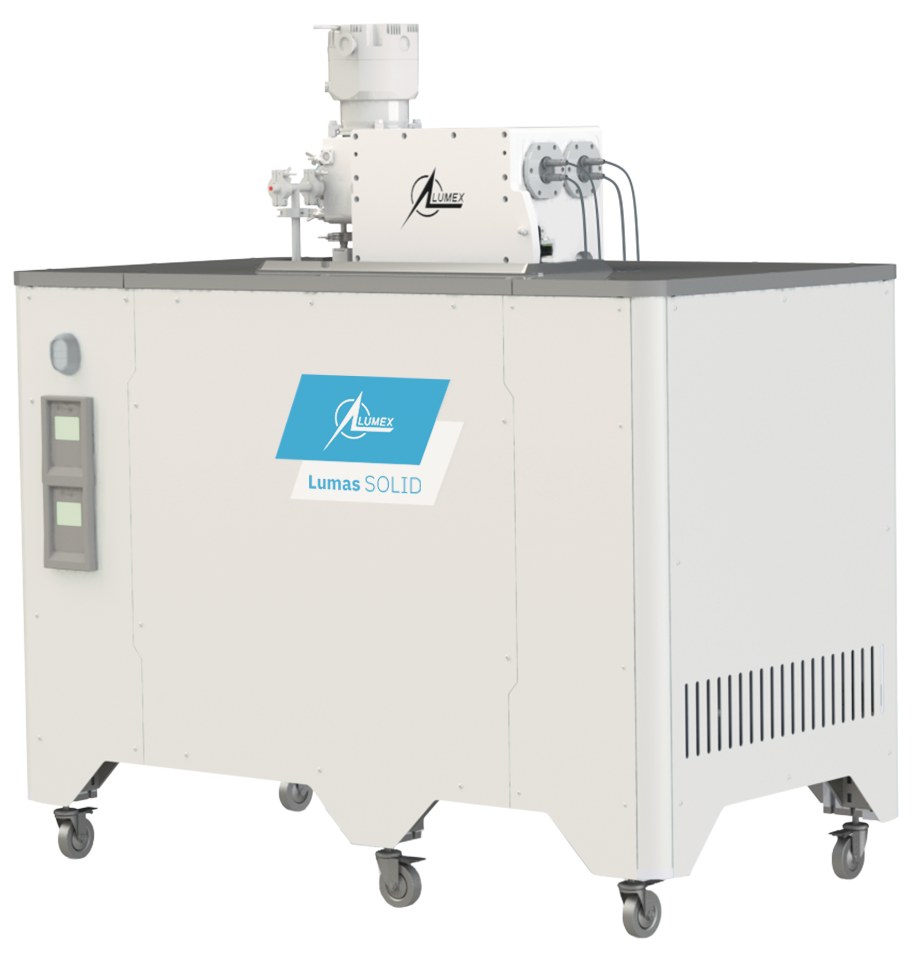
Mass spectrometer for the analysis of solid-phase samples "Lumas SOLID"
1 supp.
Technical specifications:
Method of ionization Plasma pulsed glow discharge
Discharge gas Argon, consumption less than 1 l/hour
Time-of-flight Mass Analyzer with mesh-free ion mirror
Resolution 4000
The number of simultaneously defined components is unlimited
Mass range 1-1000 m/z
Detection limits 1-100 ppb
Layer-by-layer resolution Up to 5 nm
Depth of analysis Up to 30 microns
The time for one analysis of a solid sample is 30 minutes (with the option of a revolver system – 3-5 minutes) Vacuum system 1 Booster pump and 2 TMN (240 l/sec)
Overall dimensions 1450×780×1550 mm
Lumeks
Saint Petersburg
Produced in: Saint Petersburg
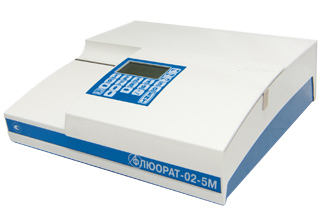
Liquid analyzer "FLUORAT®-02-5M"
1 supp.
Technical specifications:
Limit of detection of the control substance (phenol) in water, mg/dm3, no more
0,005
Measurement range of the mass concentration of the control substance (phenol) in water, mg/dm3
from 0.01 to 25 Measurement range of the directional transmission coefficient, % from 5 to 100
Limits of permissible absolute error of measurements of the directional transmission coefficient, % ± 2
Warm-up time, min, no more than 30
Continuous operation time, h, at least 8
Overall dimensions, mm, no more
than 305x320x110 Weight, kg, no more than 6.5
AC power supply:
- AC power supply voltage, V
- frequency, Hz
(220 ±22)
(50 ±1) Power consumption, In × A, no more than 36
Time to failure, h, not less than 2500
Lumeks
Saint Petersburg
Produced in: Saint Petersburg

Mercury analyzer "RA-915M"
1 supp.
Technical specifications:
Measuring range of mass concentration of mercury vapors in the air, ng/m3 from 20 to 20000
Limits of permissible basic relative error, d0, % ± 20
The limit of permissible relative standard deviation of the analyzer output signal, %5
The limit of the permissible value of the mean square deviation (SKO) of the zero signal, ng/m3 2
Drift of the zero signal of the analyzers in 5 minutes, ng/m3, no more than 2
The limit of permissible change of analyzer readings for 8 hours in fractions of d0 0.5
Time to establish the readings, s, no more than 20
Time of analyzer output to the mode, min, no more than 20
Volumetric flow rate of the analyzed air at the analyzer inlet, dm3/min, not less than 10
Volumetric air flow at the outlet of the gas analyzer system
with the inlet blocked, dm3/min, not more than 0.3
Absorption coefficient of mercury vapor by the built-in sorption filter, %, not less than 98
The limit of permissible additional error due to changes in ambient temperature within the operating range for every 10 ° C, in fractions of d0 0.5
The analyzers are powered by a built-in AC battery voltage (220 ±22) In the frequency
(50 ±1) Hz
Power consumption, In × A, not more than 35
Continuous operation time of the analyzers from the built-in battery, h, at least 8
Overall dimensions of the analyzers, mm, no more than 470x110x220
Mass of analyzers, kg, not more than 7
Reliability indicators
average time to failure, h, at least
the full average life from the built-in AC battery voltage (220 ± 22) In the frequency
(50 ±1) Hz
Power consumption, In × A, not more than 35
Continuous operation time of the analyzers from the built-in battery, h, at least 8
Overall dimensions of the analyzers, mm, no more than 470x110x220
Mass of analyzers, kg, no more than 7
Reliability indicators
average time to failure, hours, at least
full average service life, years, at least 2500
Lumeks
Saint Petersburg
Produced in: Saint Petersburg
